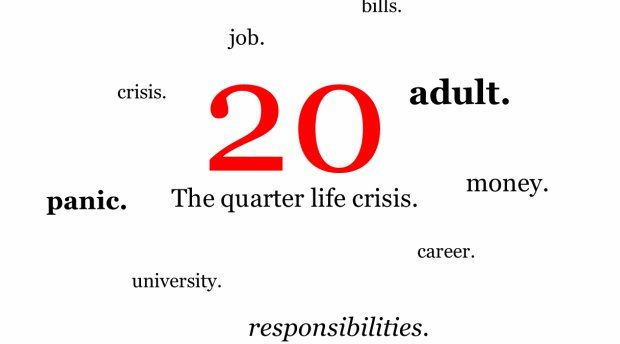Tips For Pitching Your Talent, Not Your Unemployed Status
Post Views 0You are more likely to be get hired somewhere else, if you are already employed. It may seem unfair to the ones that have been laid off, but the employers just prefer to hire someone that has already been chosen and tested. And with all of the talented people out there that are competing for jobs, the employers have to find a way to quickly screen out those who aren’t as qualified as everyone else.
Here are a few tips for selling your talent without making it immediately known that you are unemployed:
Use Time Frames on Your Resume:
Your resume is your big marketing tool, not your historical document. The goal is to get the in to the interview, not to take its place completely. Traditional, chronological resumes focus on your work history, gaps and current unemployment. Instead of writing out your resume like that, build your resume around your qualifications for the job that you want to be next, and where you gained your talent. Downplay just exactly when you gained your talent by just using time frames instead of real dates. For an example: 1990 to 1999 becomes ”9 years”. These chunks show your expertise and your experience without revealing any gaps.
Tout Your Experience:
Current gaps in your employment can be easily filled by volunteering, family responsibilities, hobbies, life experience, education or any other valuable activities. First off, you should always craft a resume that is focused mainly on your qualifications for the new job that you want, even if they happened to be gained in a non-employment or an unpaid setting. At the bottom of the list, you should have an ”Experience” section. ”Experience,” rather than just something like your work history, your work experience or professional background, allows you to use your experience outside of work.
Quit Lining Up at the Front Door:
No one is going to hire a piece of paper. All applicants and resumes are going to be used to screen others out, and then only a few are going to get called. Employers hire people, so get out there and get connected to the ones who make the decisions and who are actually going to be the one to hire you. More than likely, the ”front door” decision makers are going to be guarded and crowded, but you can very easily find a ”side door.” Side doors include getting an introduction in a social or a business setting, attending industry or company events or parties, volunteering, approaching them as a customer or as an expert, and many other ways. When you make a solid connection, focus on establishing your value before you start to express that you are interested in ”being part of the winning team.”




 Get Your Own Clothing Label Started
Get Your Own Clothing Label Started  Don’t Forget to Give Back with Volunteer Work
Don’t Forget to Give Back with Volunteer Work  Amazon May Have a Better Grasp on Workplace Culture
Amazon May Have a Better Grasp on Workplace Culture  What is a Quarter-Life Crisis and How to Tackle It
What is a Quarter-Life Crisis and How to Tackle It  Top Canadian Companies You Want to Work For
Top Canadian Companies You Want to Work For